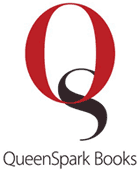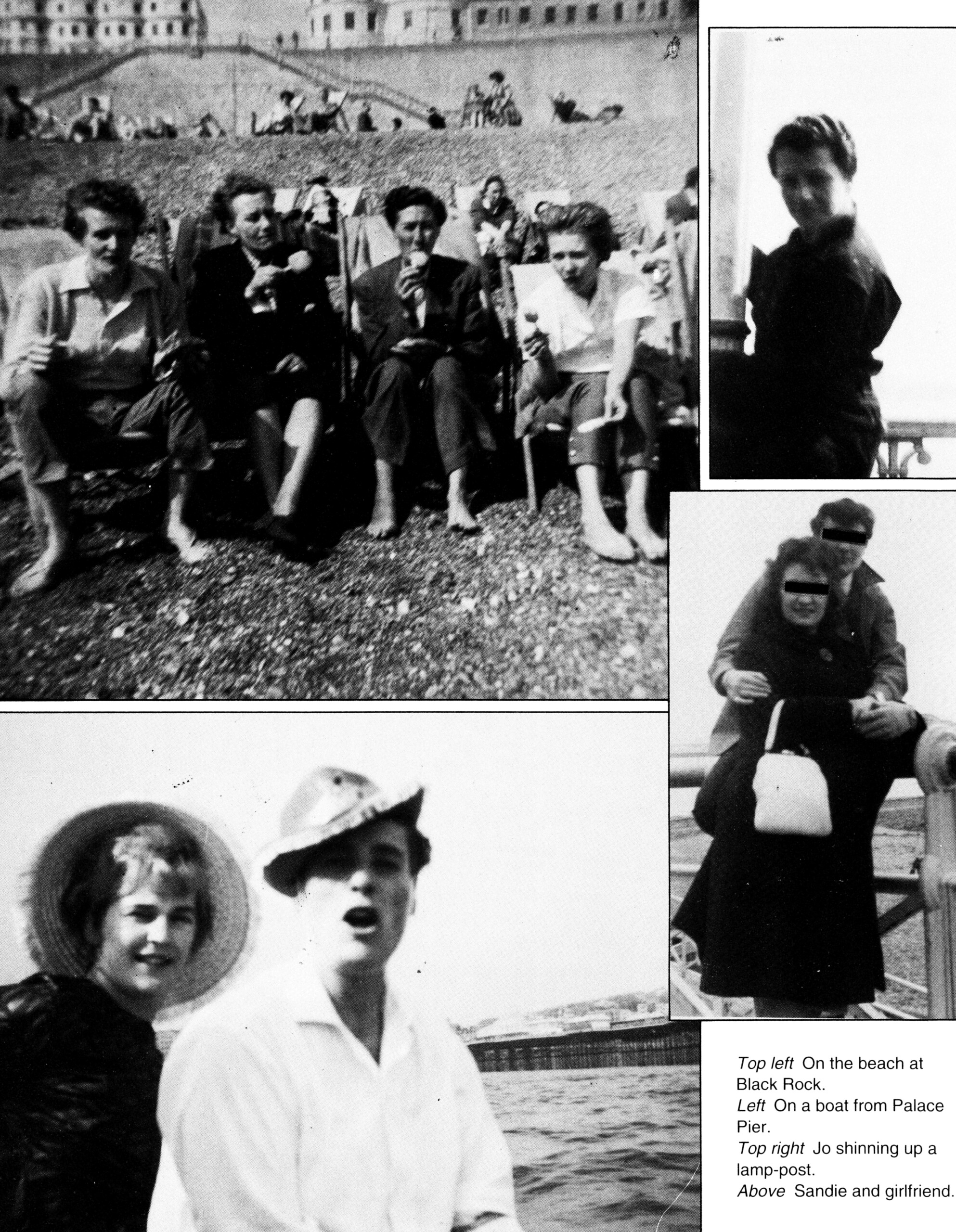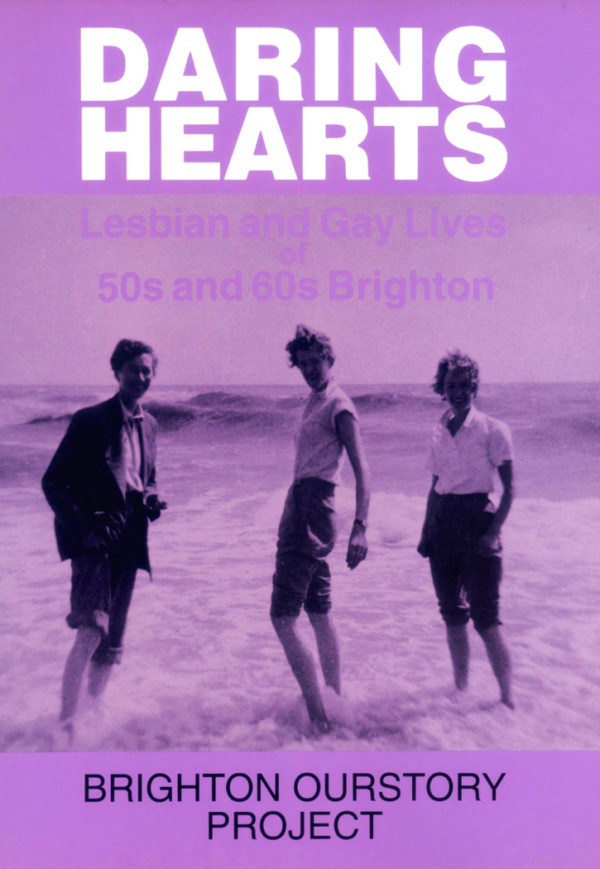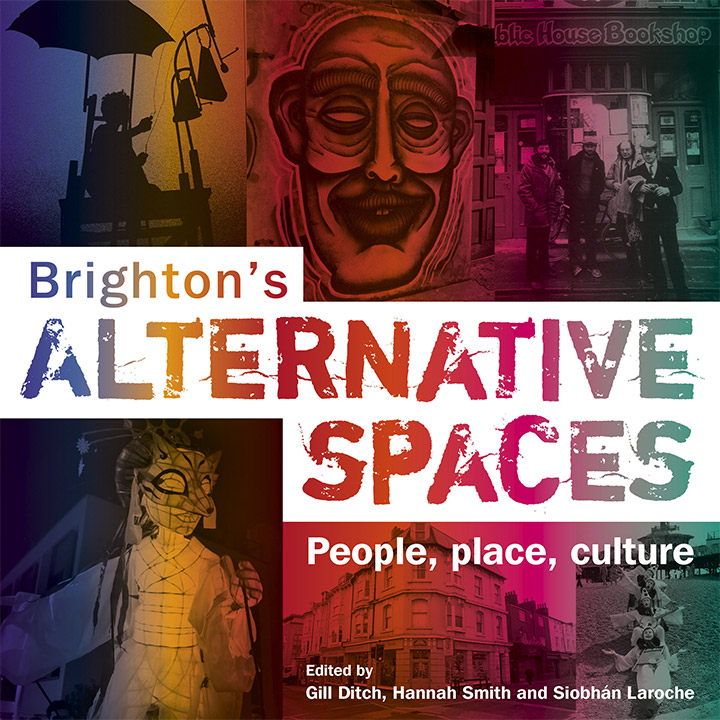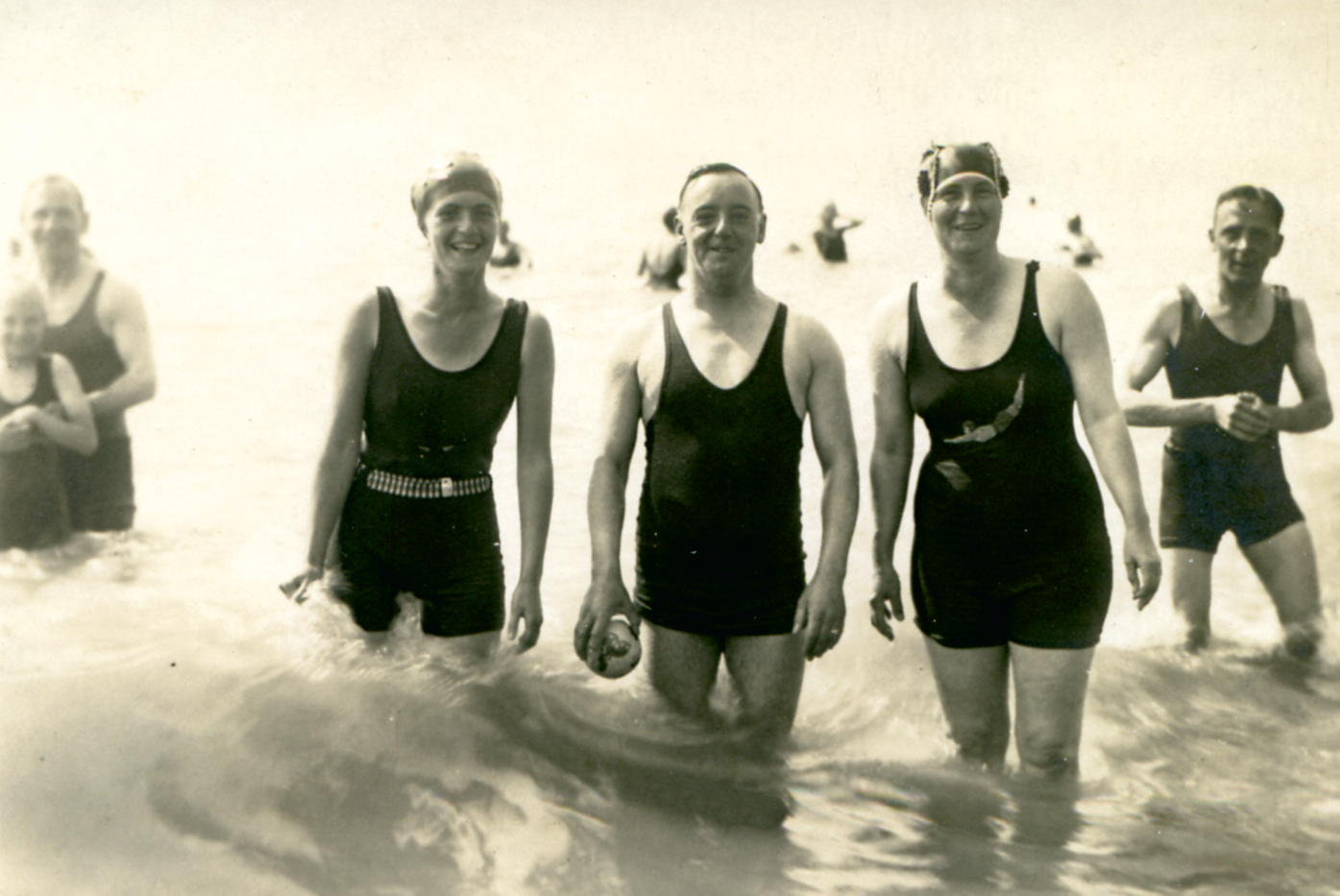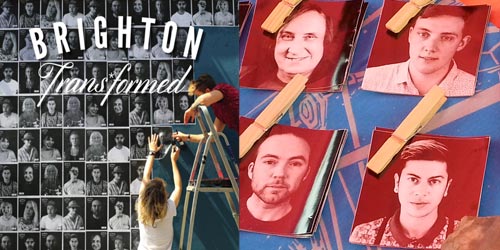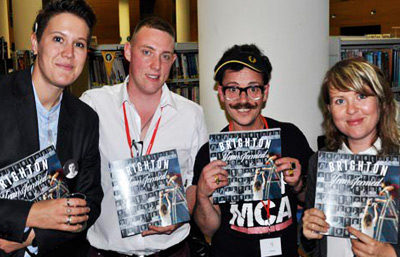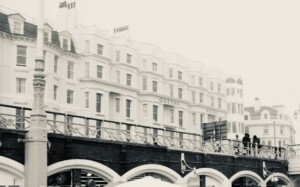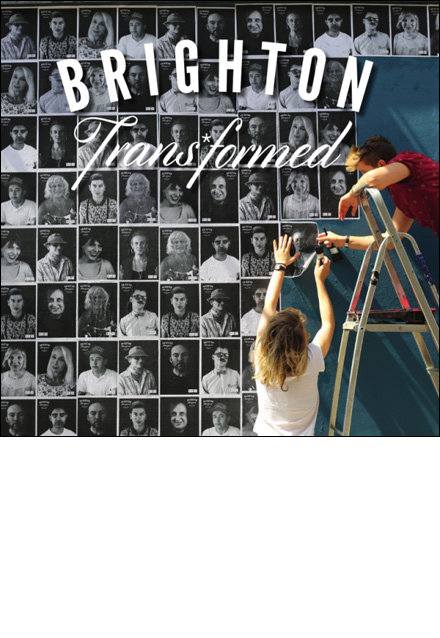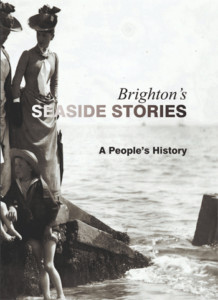LGBTQIA+ history in Brighton stretches back to the 19th century, and as transport links from London improved in the late 19th and early 20th centuries, the city became a chosen – and often clandestine – destination for gays and lesbians.
Daring Hearts – a groundbreaking book
In the 1950s homosexuality was still heavily stigmatized in British society. Being openly gay or lesbian was considered taboo, and those who were discovered to be homosexual often faced discrimination, harassment, and ostracism from their families and communities. Daring Hearts – first published in 1992 in collaboration with Brighton Ourstory – featured interviews with those who broke those taboos, and described in vivid terms both the challenges and the joys of being gay and lesbian in the city.
In the fifties, homosexuality was more widely discussed than ever before. Lesbians and gay men were bracketed with drug-users, juvenile delinquents, ‘immigrants’, prostitutes and communists as a ‘problem minority’ and a moral threat. Newspapers ran hundreds of column inches of misinformation. MPs discussed the ‘homosexual problem’ in Parliament — it was perceived to be increasing — how should it be treated and stopped? Somehow it was hoped that homosexuals would disappear, like ghosts in a dark room, in the strong light of modern medicine and rational political debate.
Due to the hostile environment, gay men and lesbians often formed underground networks and communities. Meeting places such as bars, clubs, and private gatherings provided spaces for socializing and finding companionship. However, these were secretive and subject to police raids.
Brighton offered a degree of freedom which was unusual in Britain at that time. Word was secretly spreading, passed on small pieces of paper and whispered from ear to ear. Lesbians and gay men came from all over the country to holiday and settle down, often seeking refuge from situations of intolerable homophobia in their home towns. In Brighton, a strong queer culture was quietly thriving — there were pubs, clubs, cafes, trolling grounds, parties and, hallelujah, enormous numbers of homosexuals. Many lesbians and gay men, walking down Queen’s Road from the station felt, for the first time in their lives, like they were coming home.
Nevertheless, because of the illegality and social stigma, many gays and lesbians were vulnerable to blackmail. Fear of exposure, loss of employment, or imprisonment led many to live in constant anxiety and secrecy.
Lesbian sexuality was subject to more subtle controls and social taboos. Though the law did not at that time specifically mention lesbianism, nevertheless some legislation could be successfully used to prevent and control lesbian relationships, as one contributor found when her parents threatened court action against her lover on a charge of abduction.
Despite these challenges, the 1950s also saw the beginnings of organized activism for gay rights in the UK.
Some taboos were broken and a few rules relaxed. The laws on abortion, capital punishment, censorship, divorce, licensing and gambling were liberalised. Many gay men joined the Homosexual Law Reform Society which had been formed in 1958 to campaign discreetly and cautiously for the implementation of the Wolfenden Report’s recommendation that male homosexuality be partially decriminalised. Eventually in 1967 the Sexual Offences Act legalised consenting sexual behaviour, in private, between two men of twenty-one years and over. In itself this was a limited freedom and very few of our male contributors remember the ’67 Act as an important moment in their lives.
In 1963, the Minorities Research Group — Britain’s first public organisation for lesbians — was formed. The MRG held regular meetings in London and produced a magazine — Arena Three — which, as this country’s first openly gay magazine, produced by and for gay people, can be regarded as the mother of all the magazines, male or female, which have followed. The South Coast group was based in Brighton at 5 Norfolk Buildings, Sillwood Street and organised valuable counselling, advice and social events for lesbians who would otherwise have had nowhere to turn.
Brighton, Transformed…
Societal attitudes have always been generally hostile towards gender variance. Medical interventions for transgender people emerged in the mid-20th century, often pathologizing transgender identities, considering them to be mental disorders or forms of deviance, and categorized under terms like ‘gender identity disorder’ or ‘gender dysphoria’. However, by the late 20th century, legal recognition for transgender individuals began to take shape. The Gender Recognition Act (GRA) of 2004 allowed transgender people to change their legal gender (although this process is often fairly criticized for being overly bureaucratic).
Alongside, there have been positive shifts in public attitudes towards transgender individuals, and advocacy by transgender activists have played crucial roles in raising awareness and challenging stereotypes. 2013 saw the launch of Brighton’s first Trans Pride event, which has subsequently grown to become the biggest in the world outside America, and in 2014 QueenSpark’s book Brighton Transformed documented – in an echo of the earlier Daring Hearts – Transgender individuals representing themselves, and telling their stories of how they came to live in Brighton. You can read about the project, and the participants, here. From Fox Fisher, in Telling Stories of Brighton & Hove:
My favourite times in Brighton have been at the annual Trans Pride film-night, march and park event in July. Every year, we’d take over the Duke of York Cinema to a packed audience and show a selection of trans themed shorts. This kicked off Trans Pride weekend, with the main event being on a Saturday. It was an emotional and heart-warming feeling to be meeting and marching – , these days, along the seafront to Brunswick Square – with so many like-minded people, who understood what it is to be trans, to connect with each other and share information. I feel incredibly proud to have helped found Trans Pride.
Historical images of Queer Brighton and Hove
The History of the Curtain Club Brighton
The Curtain Club is fondly remembered as an important location for Brighton’s gay community in the 1960s. It was located beneath the Queen’s Hotel and divided into different areas: two bar areas and a dance floor.
To stay open until 1am and serve alcohol the ticket had to include a meal by law. Regular attendees recall how dire the food was!
Dancing was also subject to restrictions and a monitor would intervene if two men got too close to each other.
Despite the limitations (and the food) The Curtain Club is remembered as a destination for gay friendship, love and community.
Read more about the queer history of Brighton & Hove
Our projects and books are a queer history of Brighton narrated by the city’s LGBTQIA+ community.
See more of QueenSpark Books historical topics
